Summer is a perfect time to get kids outdoors to explore and experience new things! And what better place to enjoy on hot days than someplace with water? Today, the incredible Leslie Alvis (Ohio homeschooling mom of 4) gives us a unique look at a common place your children can explore this summer: the ever-delightful and intriguing pond. Exploring ponds with kids is not only fascinating and fun, but it’s also educational! There’s so much to see, feel, observe and learn about around a pond. Technology and screen time cannot replace the hands-on lessons children learn just playing outside in the amazing classroom of nature. So grab a bucket and a butterfly net, and let’s head to the pond together.
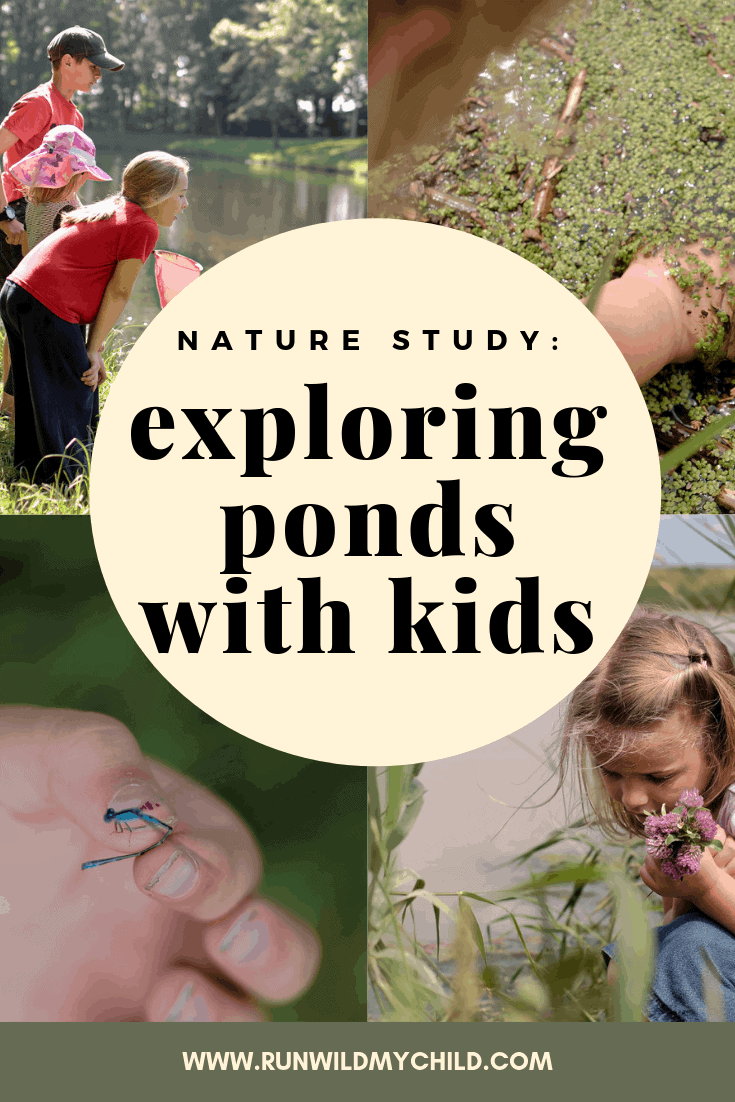
A field of water betrays the spirit that is in the air. It is continually receiving new life and motion from above. It is intermediate in its nature between land and sky.”
Henry David Thoreau
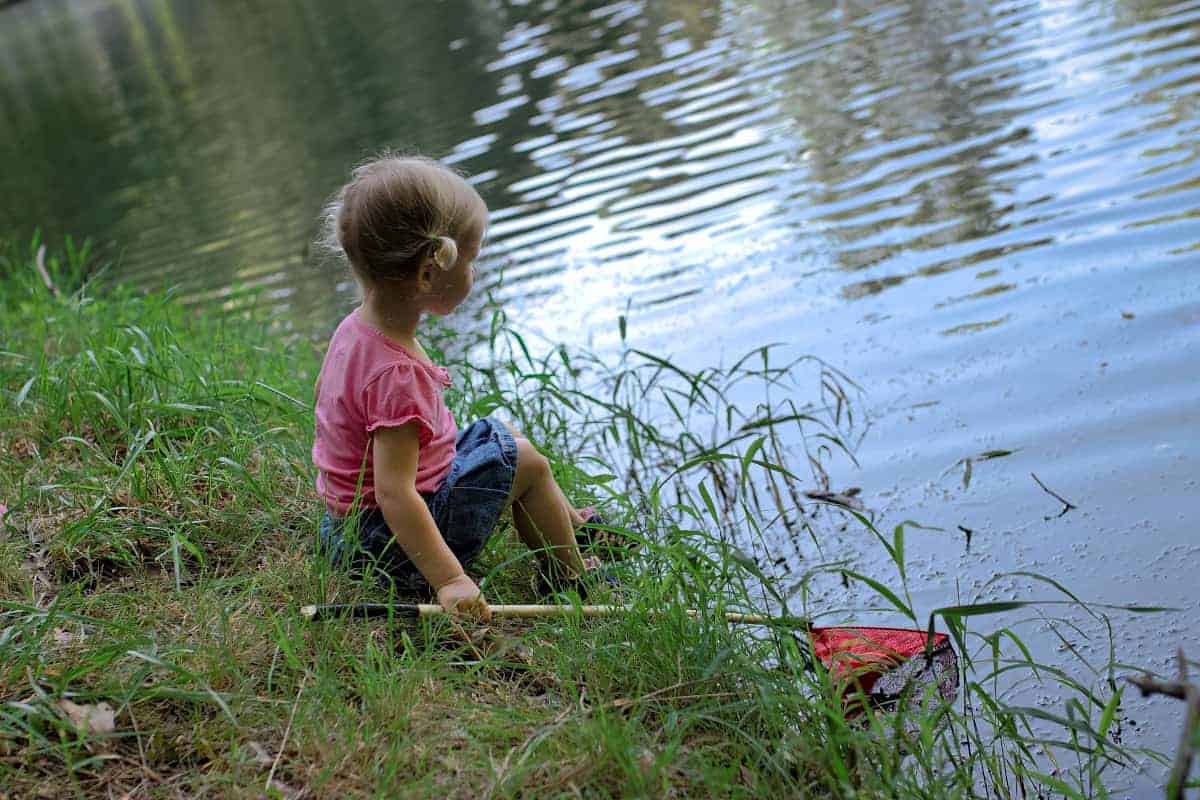
Why head to a pond?
Ponds are a fascinating place, an ecosystem in their own right. They sustain entire life cycles of plants and animals in their own self-contained space. In the summer they hum with life, providing a vibrant atmosphere to explore. From the birds and insects filling the air with song to the fish flashing by in the water and the bullfrogs calling just out of reach, they are a child’s paradise of discoveries.

Exploring ponds with kids is also timelessly interesting, entertaining, and relaxing. Most children can find an endless number of interesting occupations at a pond. I can never believe how long my kids will spend just tossing rocks or sticks into the water. And I’m amazed at how beneficial that simple activity is: building strength and developing motor skills, making them aware of cause and effect, and introducing them to basic physics (gravity and displacement, for instance). Today, we will look at just a few ways you can experience a pond with your children, weaving education and development together with delightful play.
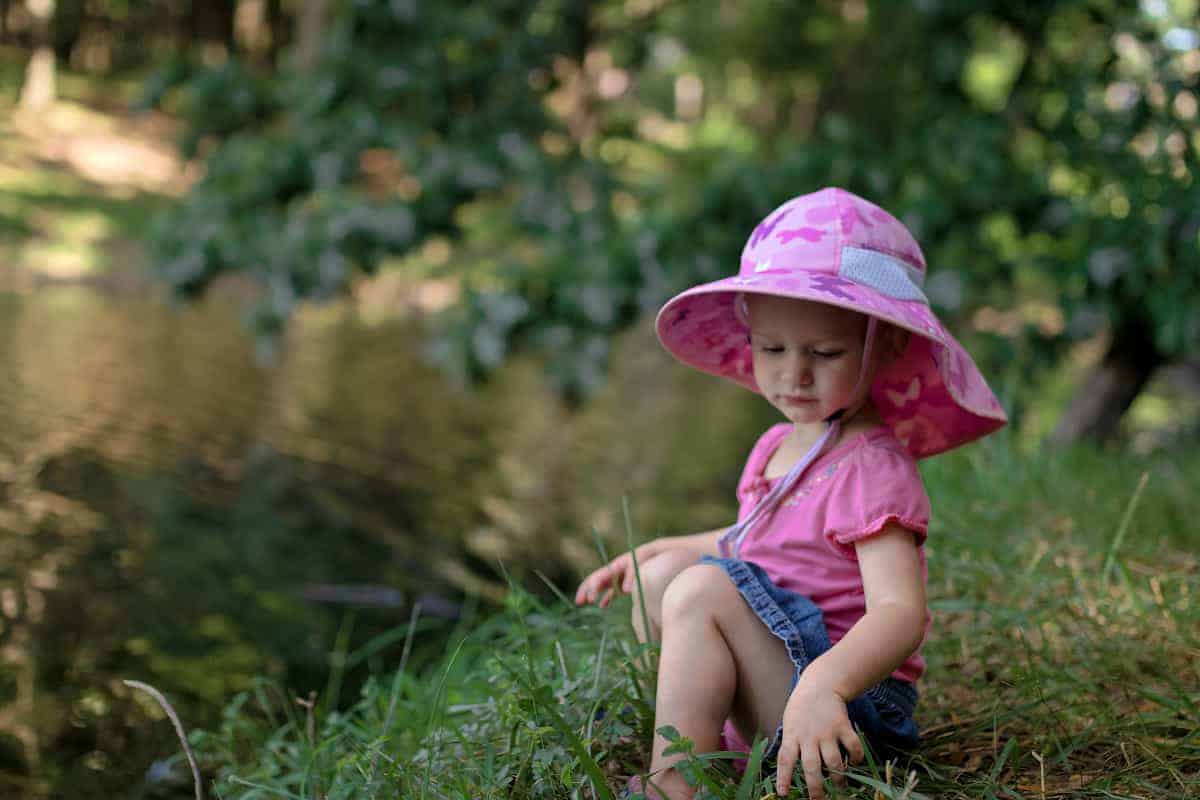
A note on pond safety
Before we get started, I’d like to mention some safety guidelines. Any time water is involved, we have to be extra conscious of our children’s safety. Water is such a fun thing that few children understand its danger. And unlike swimming beaches, ponds often have slippery mud or grassy banks that can drop abruptly into deep water. Teaching children to swim is the number-one prevention to drowning accidents, but even that isn’t a guarantee of safety. Never leave children unattended near any water, especially a deep body of water like a pond.
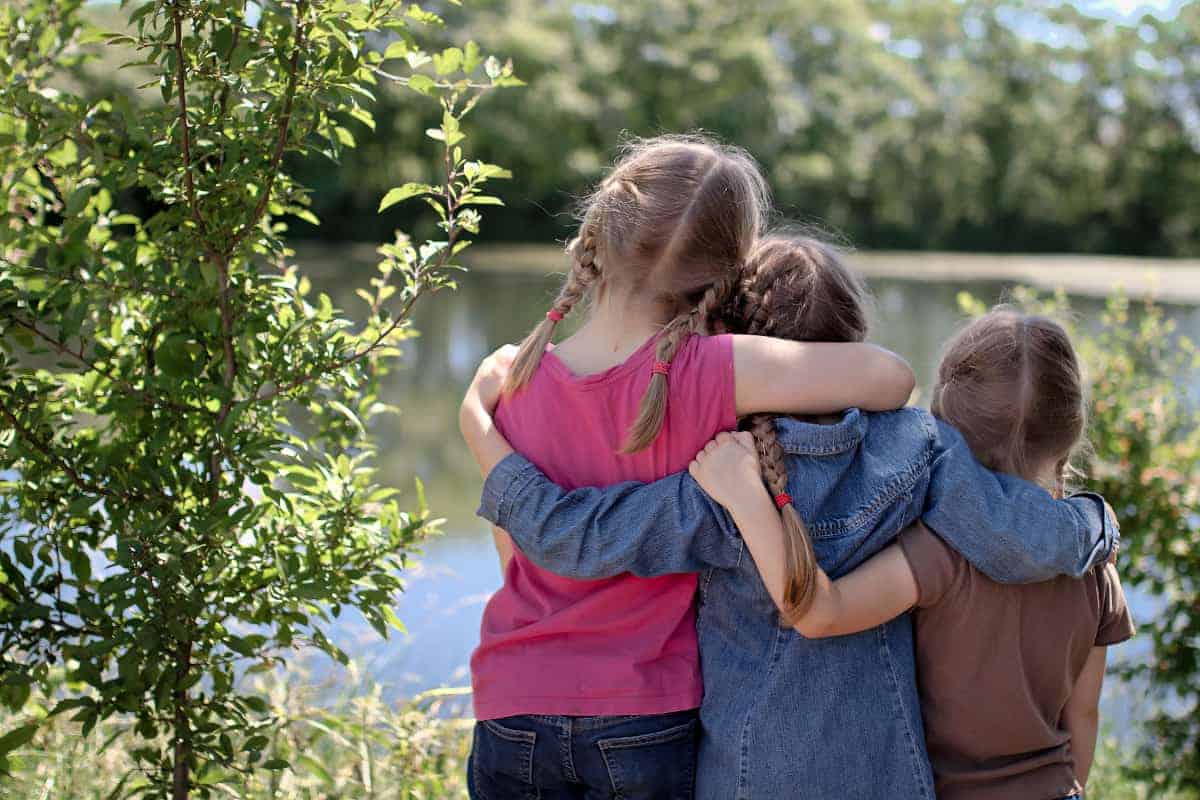
Be safe together!
If you are comfortable allowing your children to wade in the water, make sure you have carefully checked out the wading area yourself for dangers like slippery mud and sharp drop-offs. And even if you have instructed your children to stay out of the pond, we should be aware that accidents happen and a child can slip and fall into the water in an instant. Stay close and focused on your children, adventuring and playing together. Exploring ponds with kids should be fun and safe.
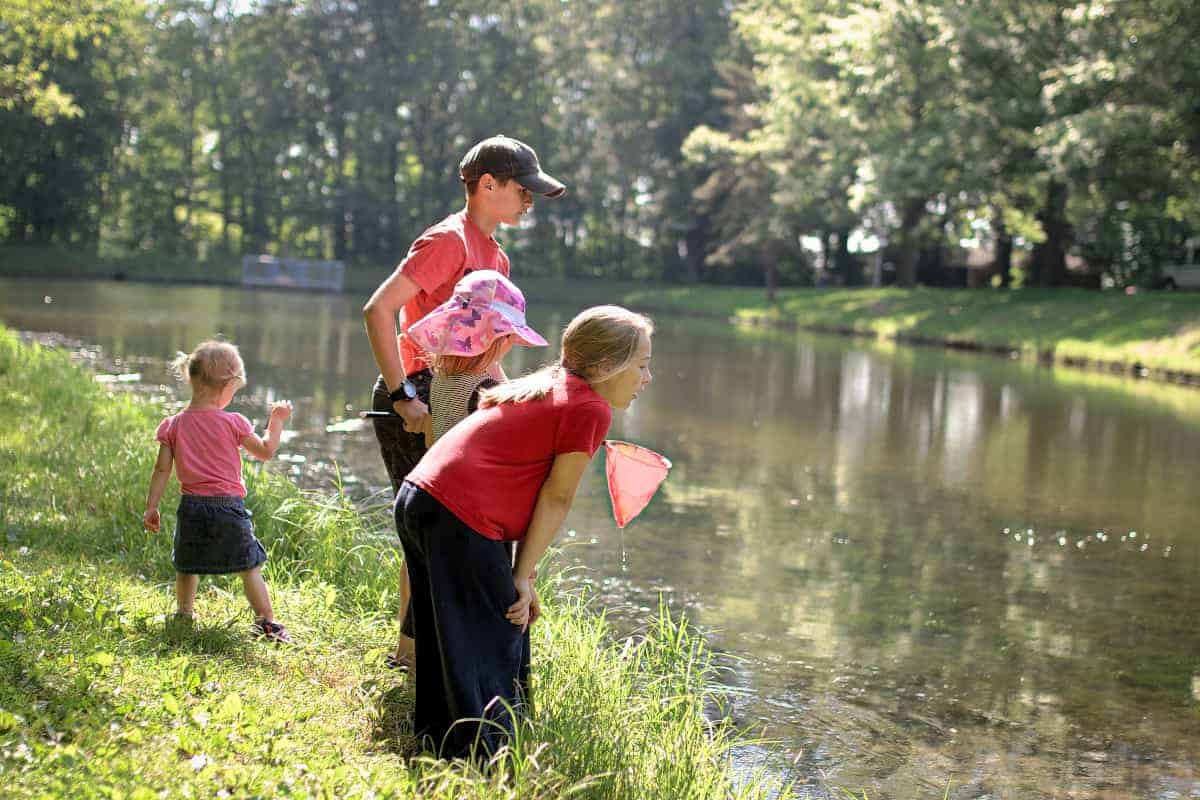
Teaching nature skills
To start off exploring a pond with kids, simply walk around the pond. Talk before you start about how everyone needs to use their “nature skills” to explore the pond area. These skills include walking quietly, speaking quietly, and trying not to disturb the wildlife around you. We always have to work on sharing our discoveries quietly—the first child to yell they saw a goose will probably scare off the whole flock! This is also a good time to teach children how to study nature without disturbing it, to observe but not take, and to show respect for the natural environment surrounding them by being careful where they step and what they touch.
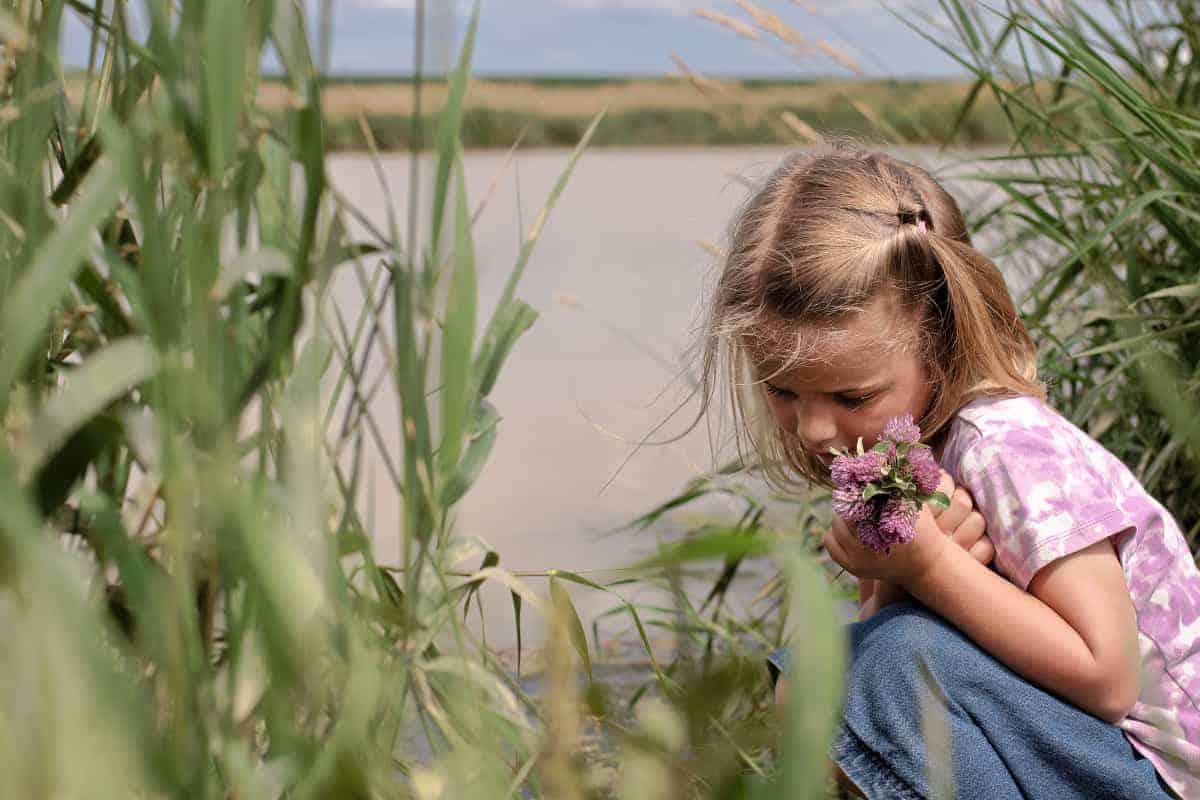
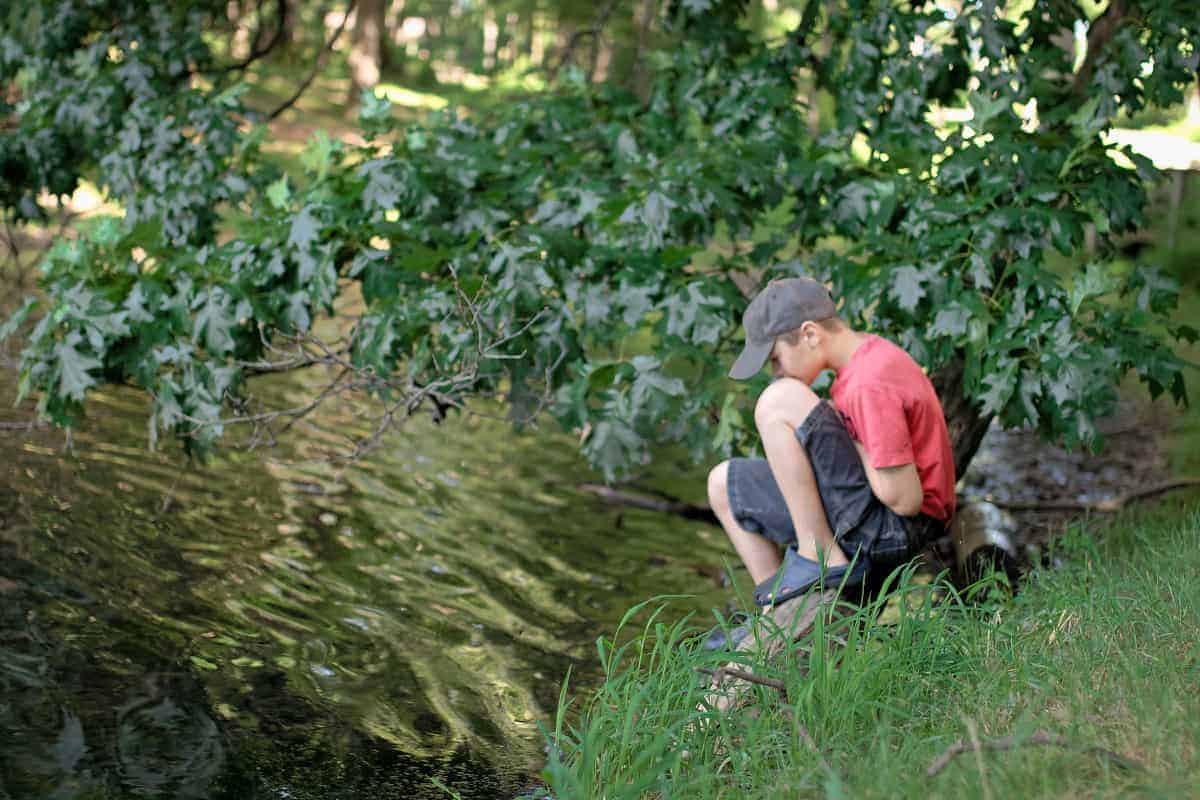
Sensory exploration
Exploring a pond with kids provides a great sensory experience. It’s easy to get started by asking questions involving the senses. What do you see? It’s like an amazing game of “I Spy.” Do you see those wildflowers on the far bank? Can you spot that turtle out sunning on a log? How many frogs can you count? Oh, no, one just ducked underwater!
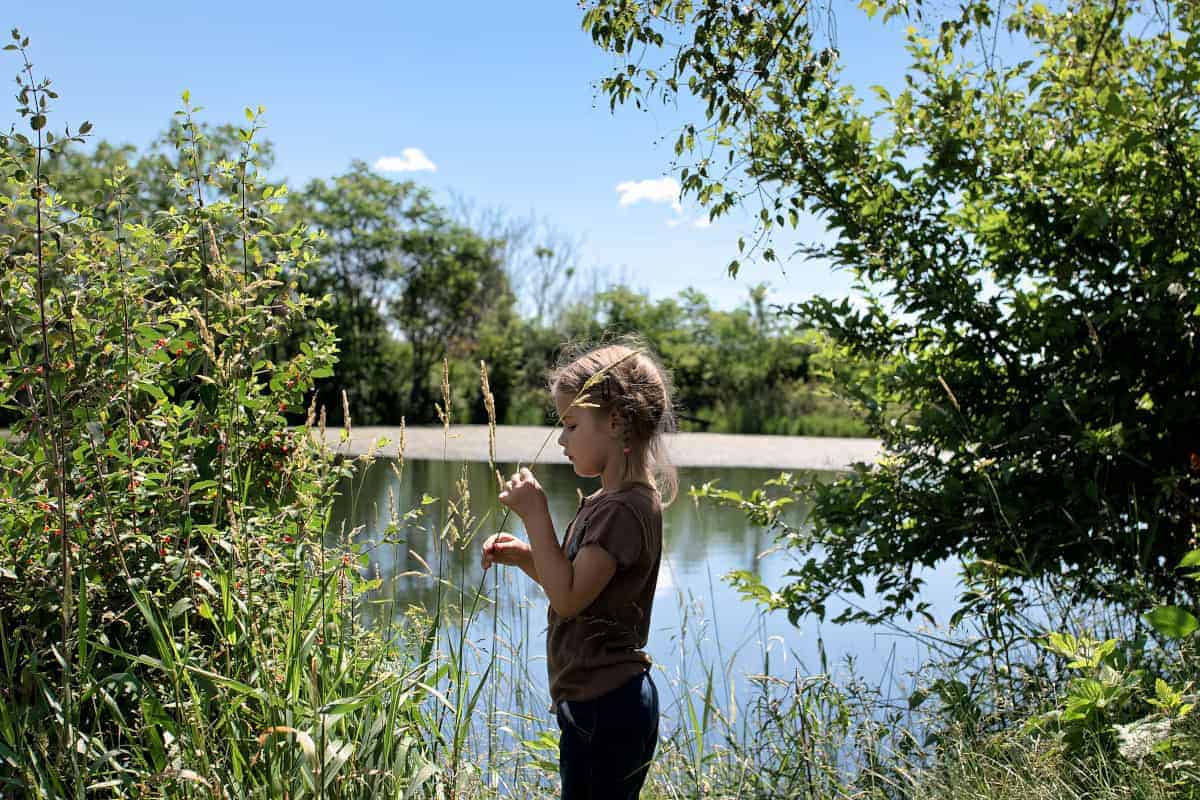
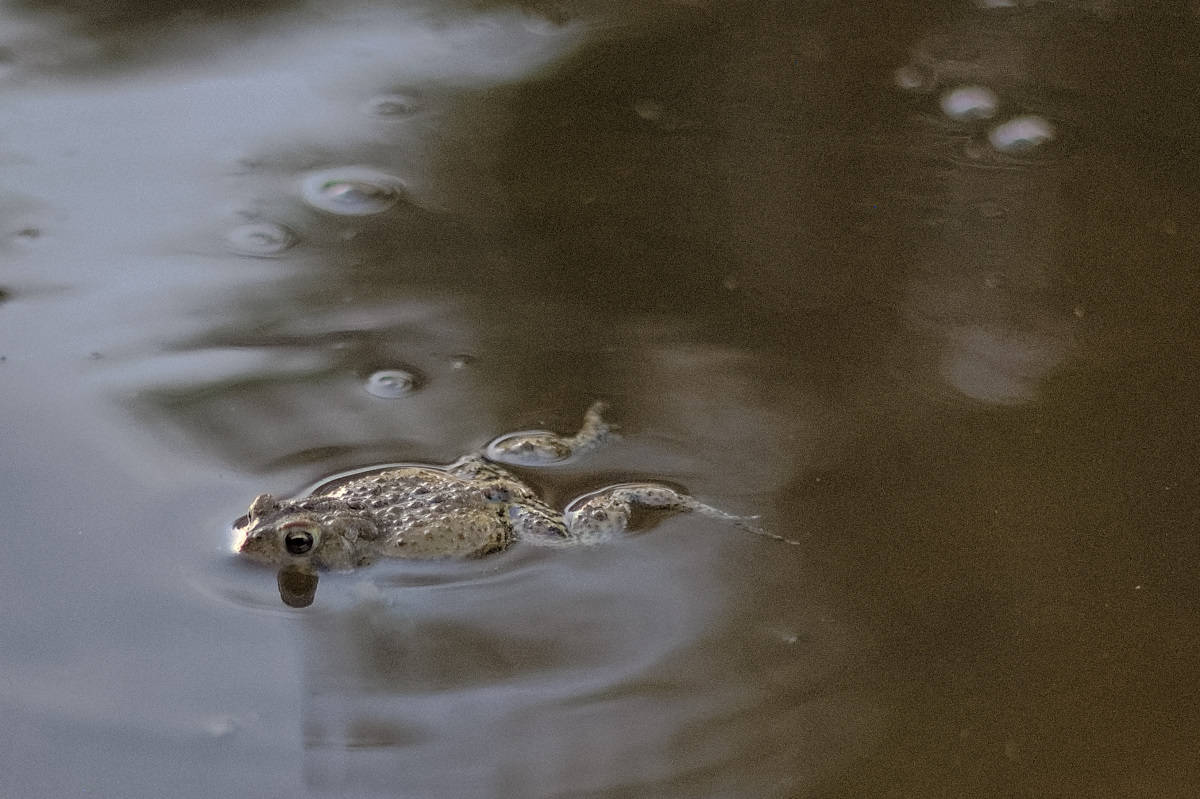
Hearing and Smelling
Observing the natural atmosphere of the pond moves quickly to hearing. Do you hear the birds singing? The bullfrogs calling? The wind whispering through the tall grass? The buzzing of the insects? And then there is always smelling—and if the pond you are visiting has the smell of stagnant water, your children are sure to notice it! But you can also smell wildflowers and a fresh breeze. Honeysuckle and freshly cut grass. I love how much my children will get into talking about all the details they notice.
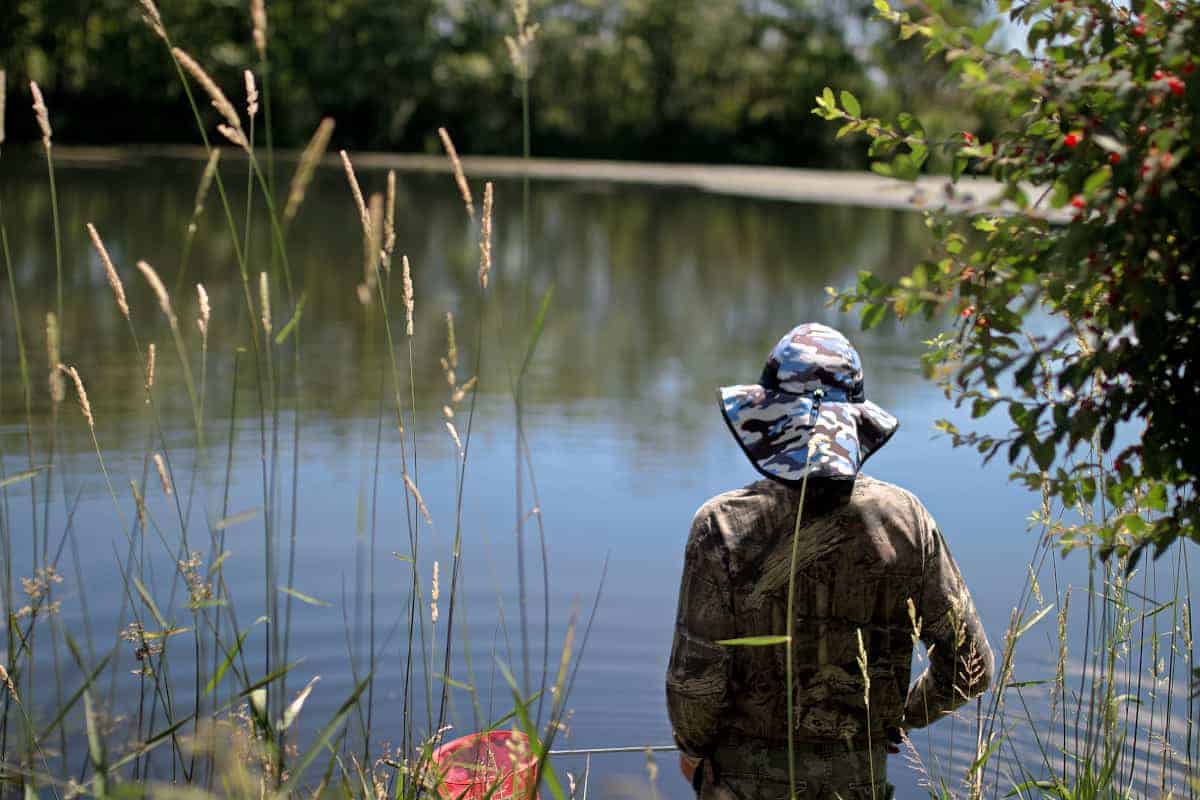
Unforgettable sensory experiences
When exploring ponds with kids, there are countless ways to experience the natural world. How many things can you find to touch? From the smooth leaves and raspy blossom of the cattails, to the silky water and slippery plants in the pond, to the slimy skin of a frog and the soft whisper of a dropped bird feather, there are a multitude of things to feel around a pond. (Of course, unless you have the owner’s permission to pick things, make sure you give careful instruction about not picking any plants or disturbing the environment. Leave it unspoiled for everyone to enjoy!) Touching pond creatures might stretch the sensory comfort zones of some kids, but if you have the opportunity to let your children touch a frog or a fish, it will be a sensory experience they won’t forget!
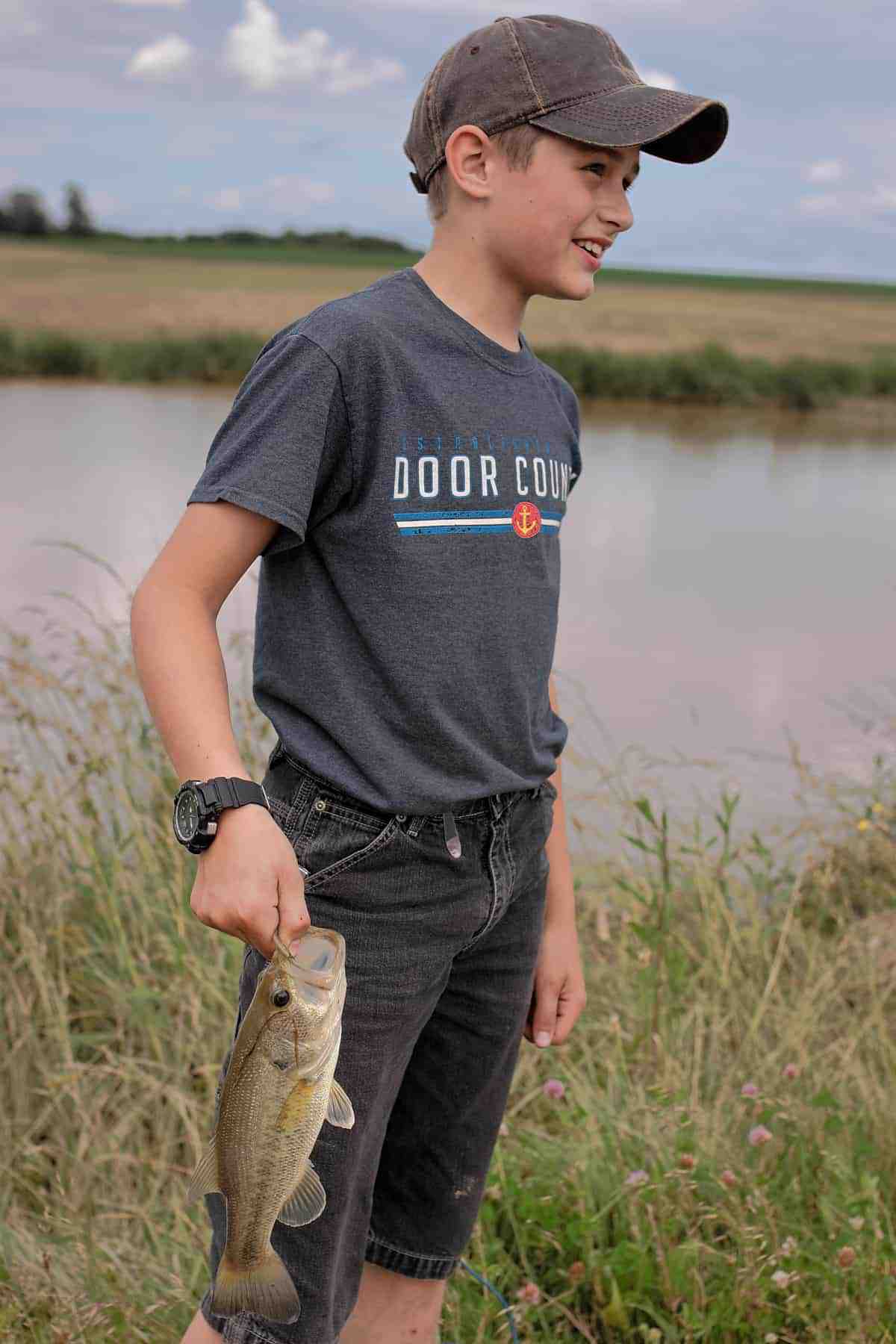

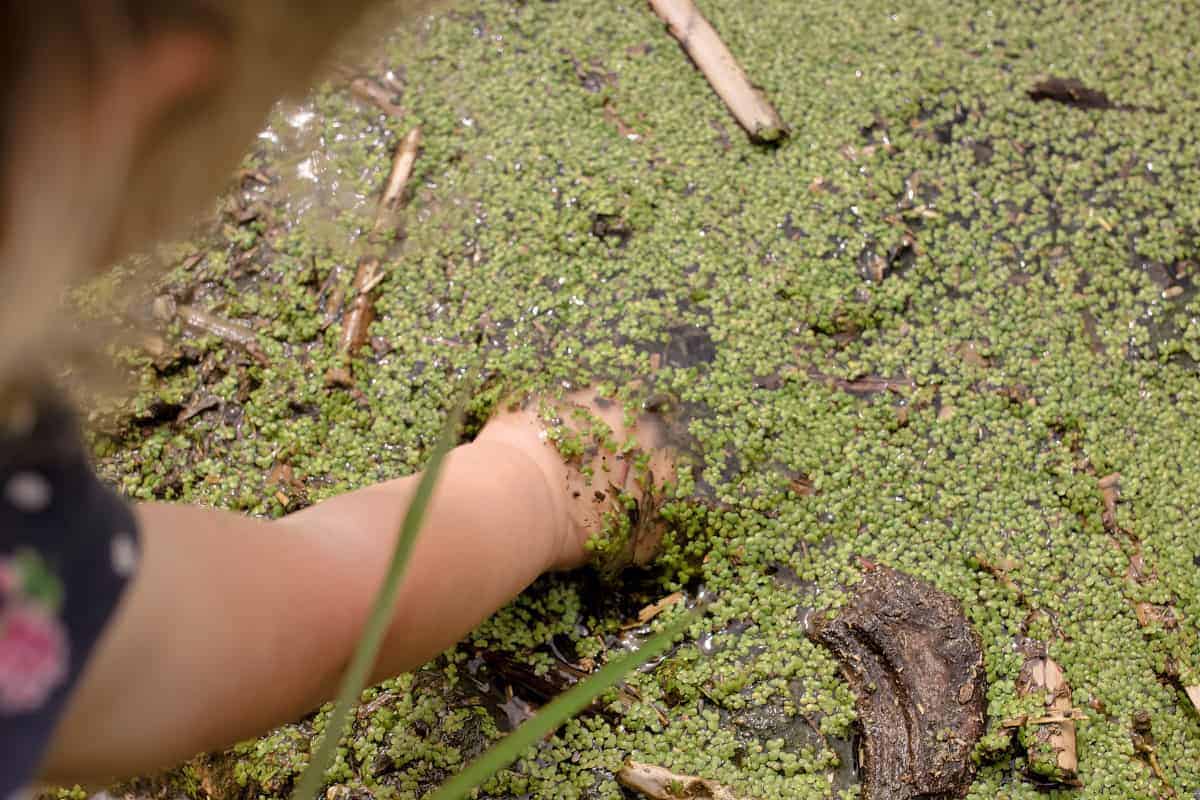
Hands-on adventures
Getting wet and dirty is part of learning about the pond environment, too. If my children are within reaching-distance of water—any water—they are sure to get wet! It doesn’t matter the temperature or what they’re wearing. If we are going near water, I just plan on them getting soaked. So, if the pond you are visiting is wading accessible, wear some water-appropriate clothes and footwear. Bring some buckets, a net, a magnifying glass, and explore a pond with kids up close!
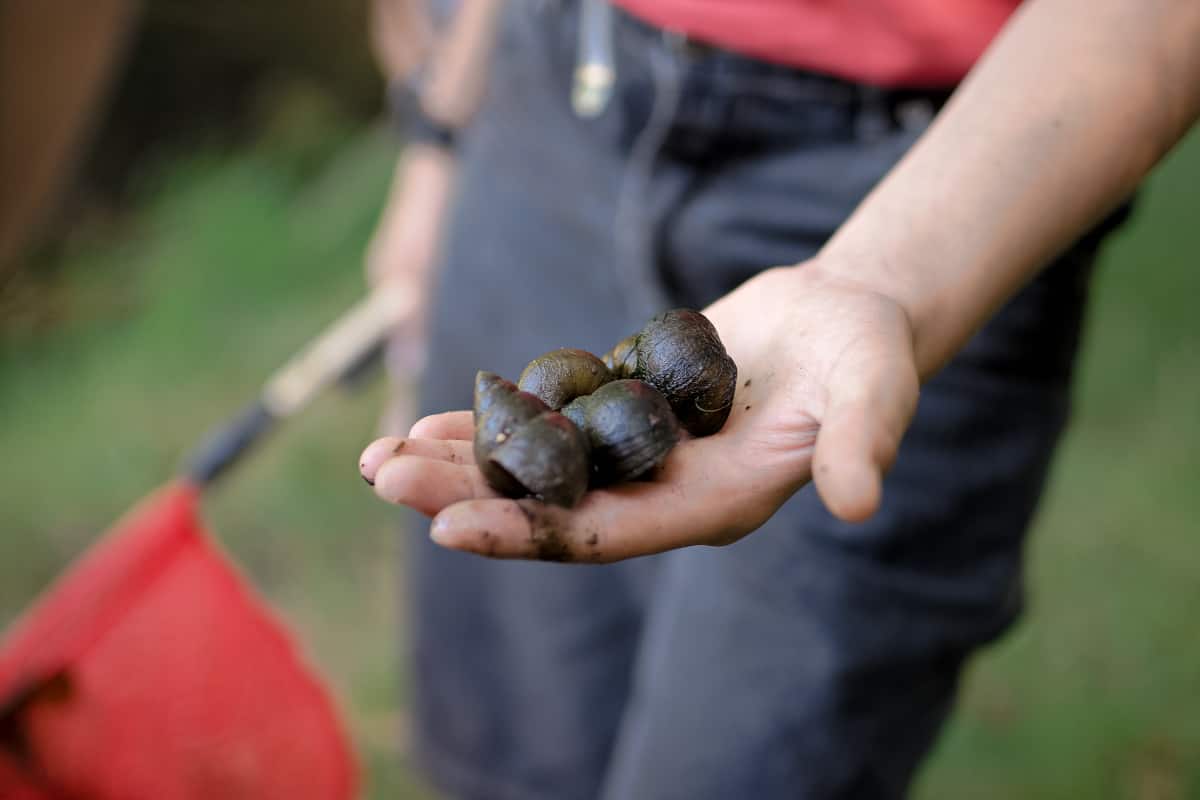
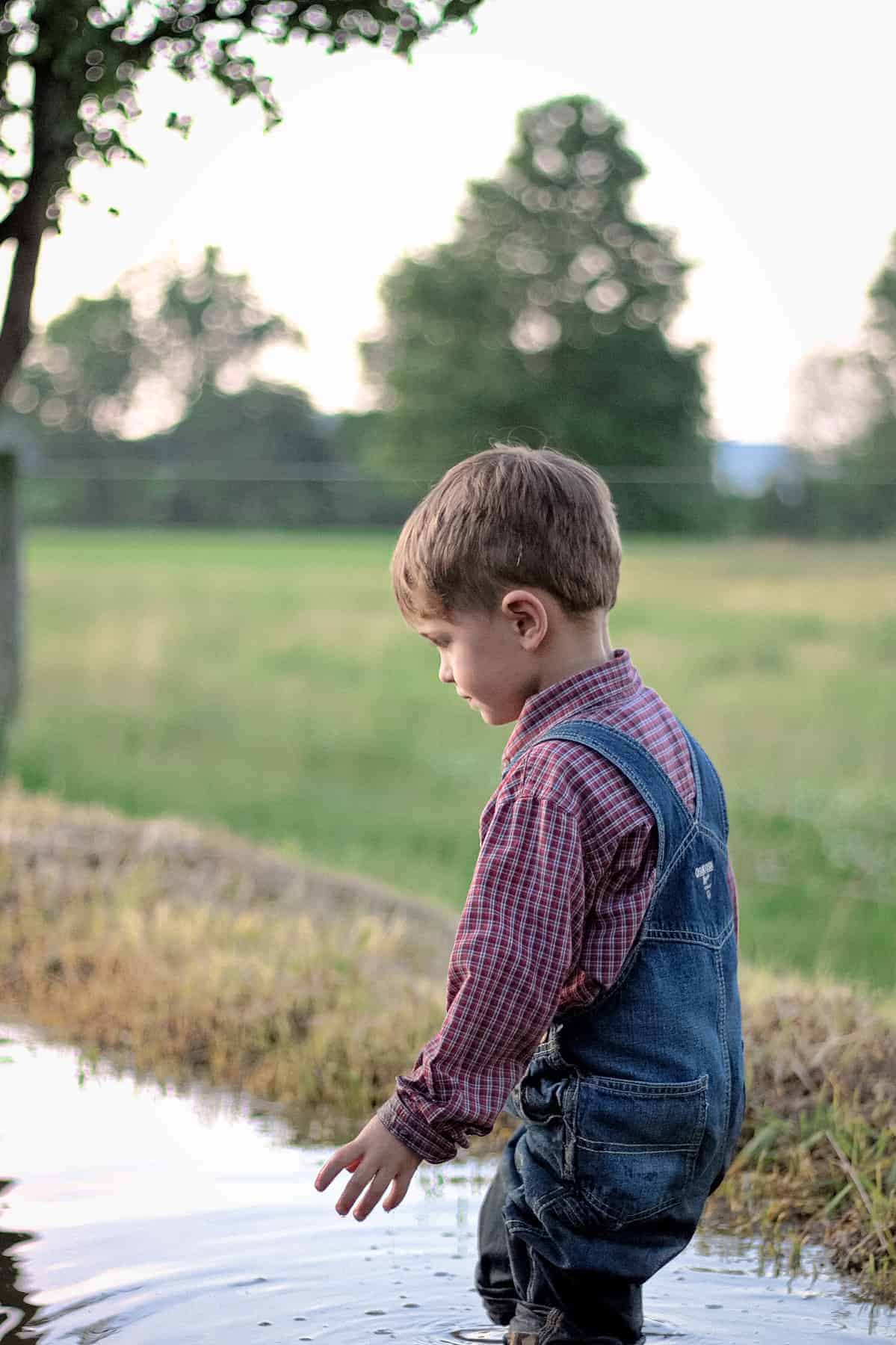
Exploring a pond with kids is a hands-on activity. If you have an adventuresome child with quick reflexes, they might be able to catch a bullfrog or net a minnow to examine. These are good opportunities not only to study creatures up close, but also to teach our children how to handle them and to release them safely back into their natural environment. The minnows can’t breathe air, so we have to observe them in the water. The frog is slippery and likes to jump, so we have to hold it securely but without squeezing it.
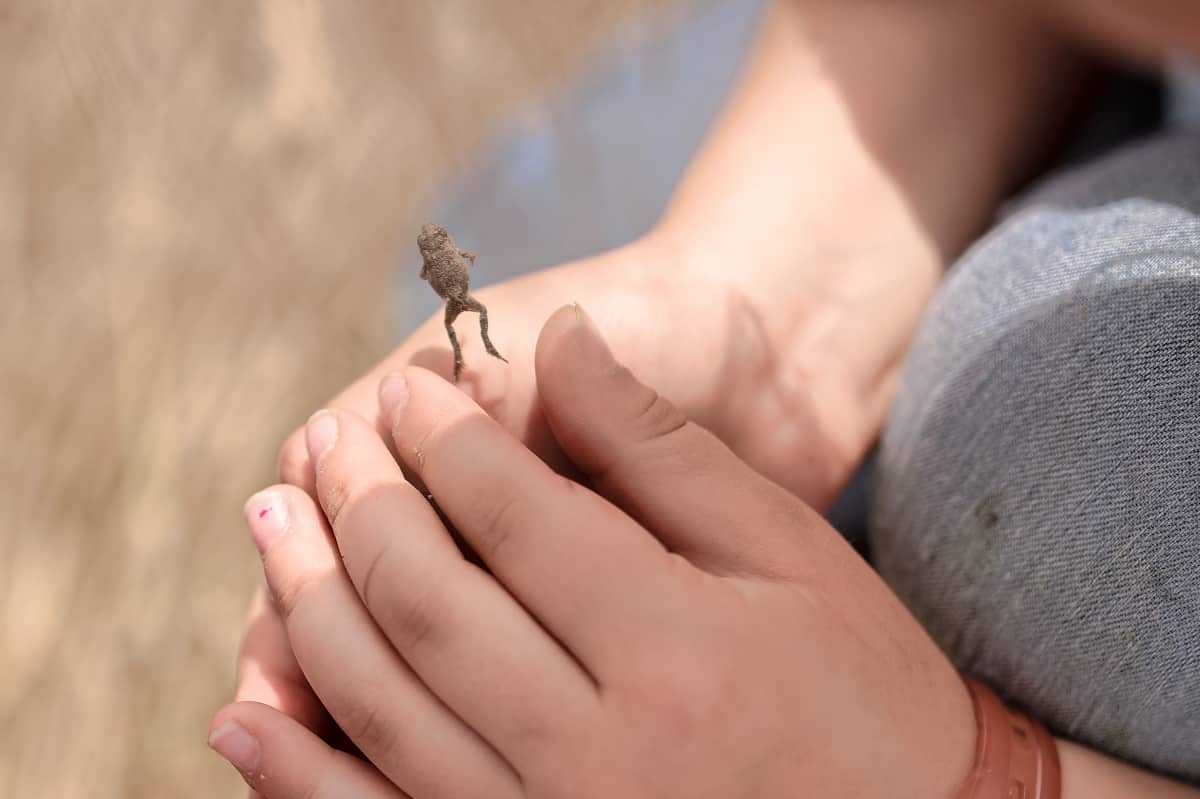
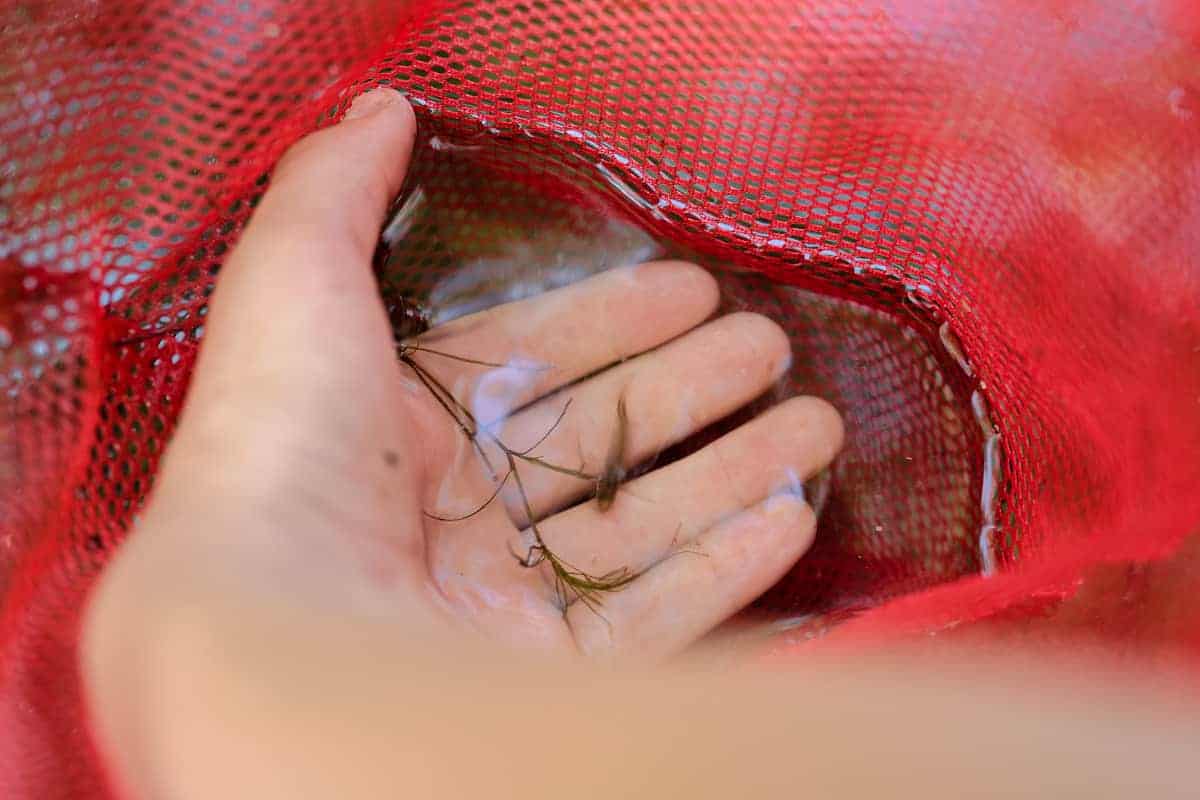
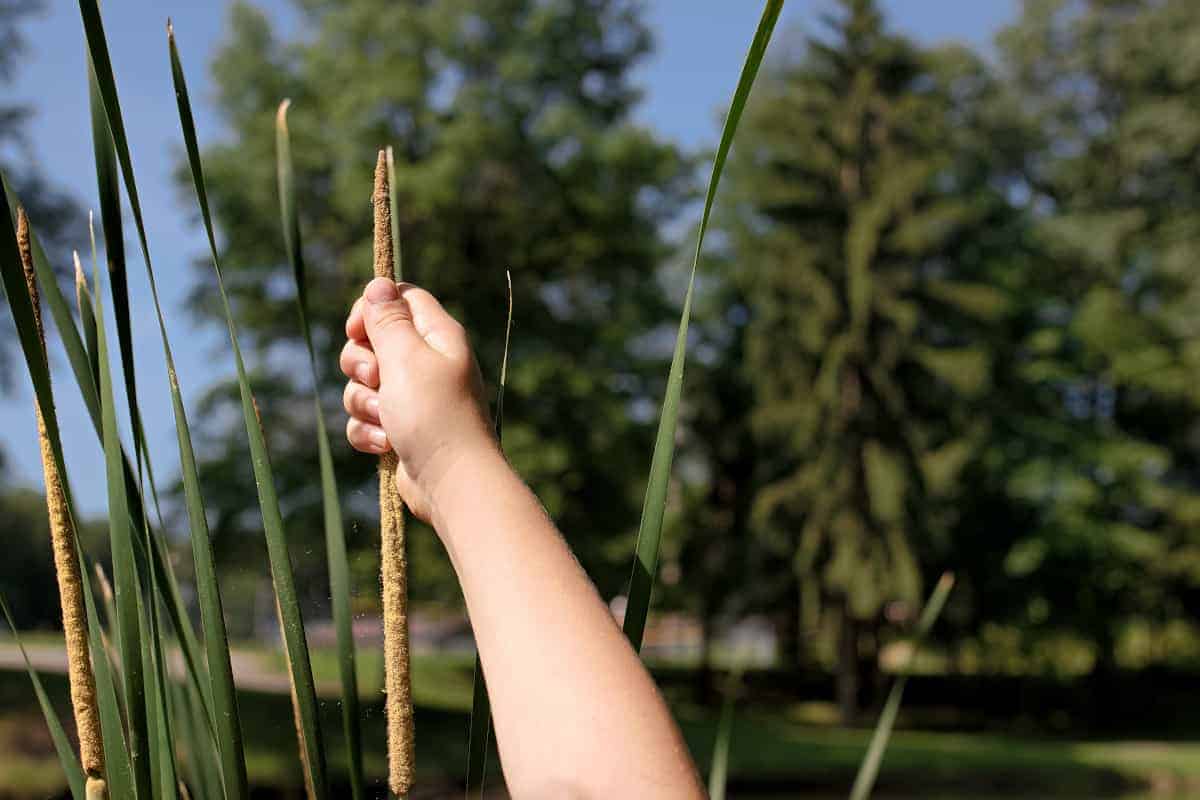
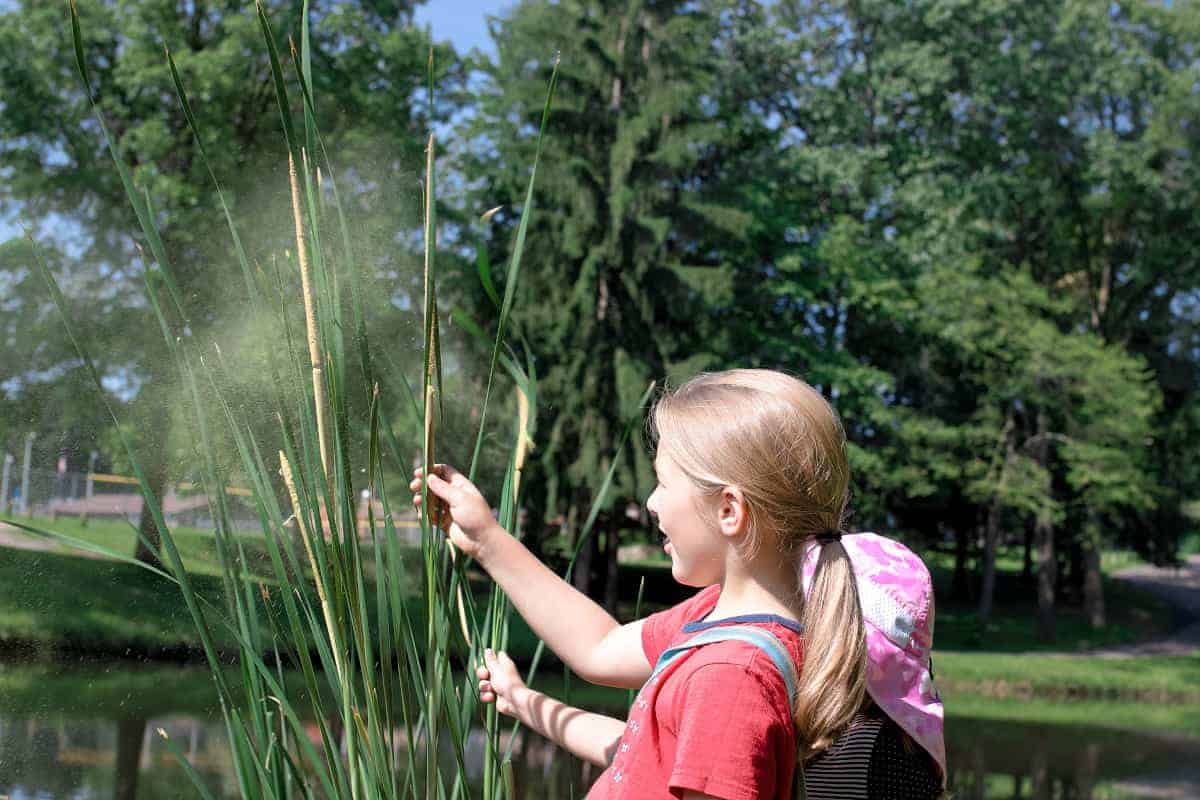
Tadpole science project
In early summer, tadpoles are one of the easiest and most fun things to catch and study. Find a shallow still area at the edge of a pond in early summer, and you will probably see dozens of tiny black blobs wiggling around in the water. These are tadpoles—baby frogs who will develop before your eyes! If you have permission from the pond’s owner, scoop some up in a bucket and you will have a hands-on science project. Bring them home, feed them, and watch them grow! Before long, it will seem unbelievable that these miniature frogs grew from those funny wiggly creatures you caught in the pond. For more information, we’ve got a great post on raising tadpoles with kids. 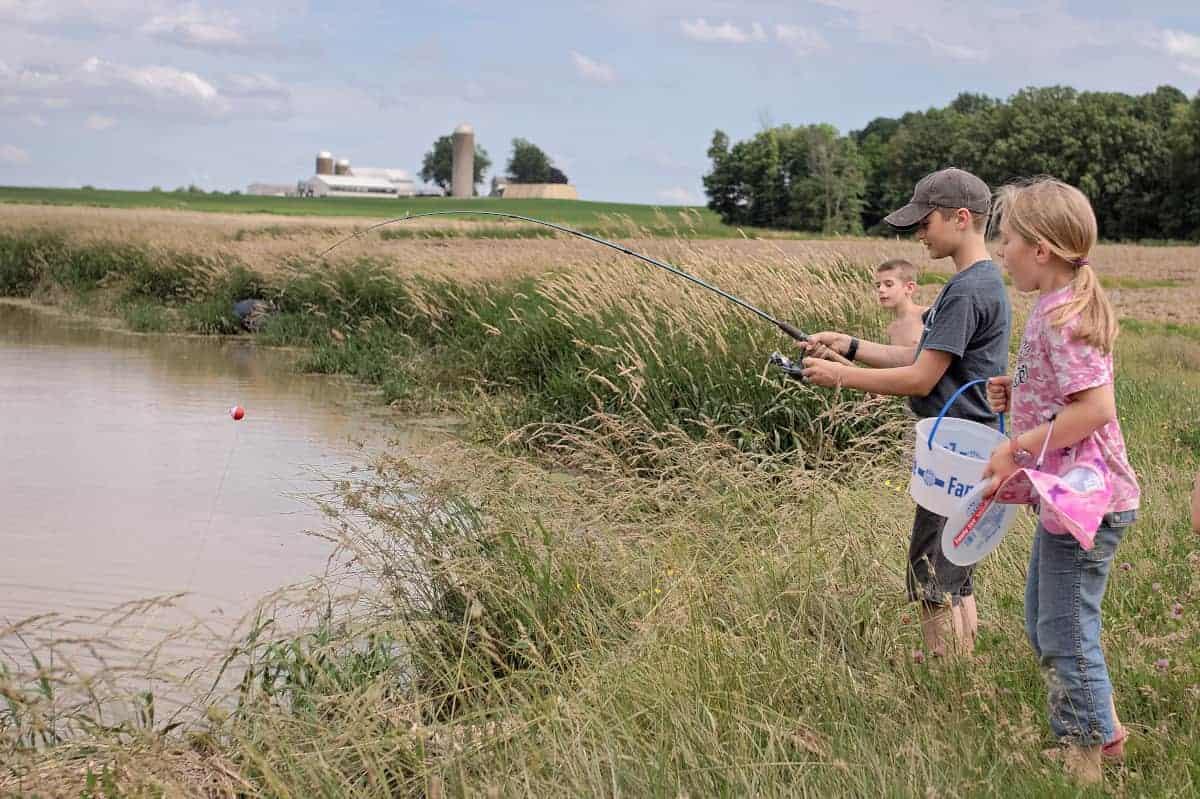
More hands-on activities
When exploring ponds with kids, study the pond water itself. This is particularly fun if you have access to a microscope. The multitude of tiny organisms living in pond water is amazing. Even if you don’t have a microscope, you can get a pail full of pond water and see if you can spot little plants and water creatures in it with a magnifying glass. You may be surprised just how much you can find!
Exploring ponds with kids isn’t limited to the water. A butterfly net can help you capture amazing creatures such as dragonflies, butterflies, and other flying insects, as well as water insects. Chasing a flying insect is a great hand-eye coordination activity—plus, it’s just fun! And when my children do manage to catch a butterfly or damselfly, they love to examine their vibrant colors and fragile wings. Every creature is so unique and beautiful.
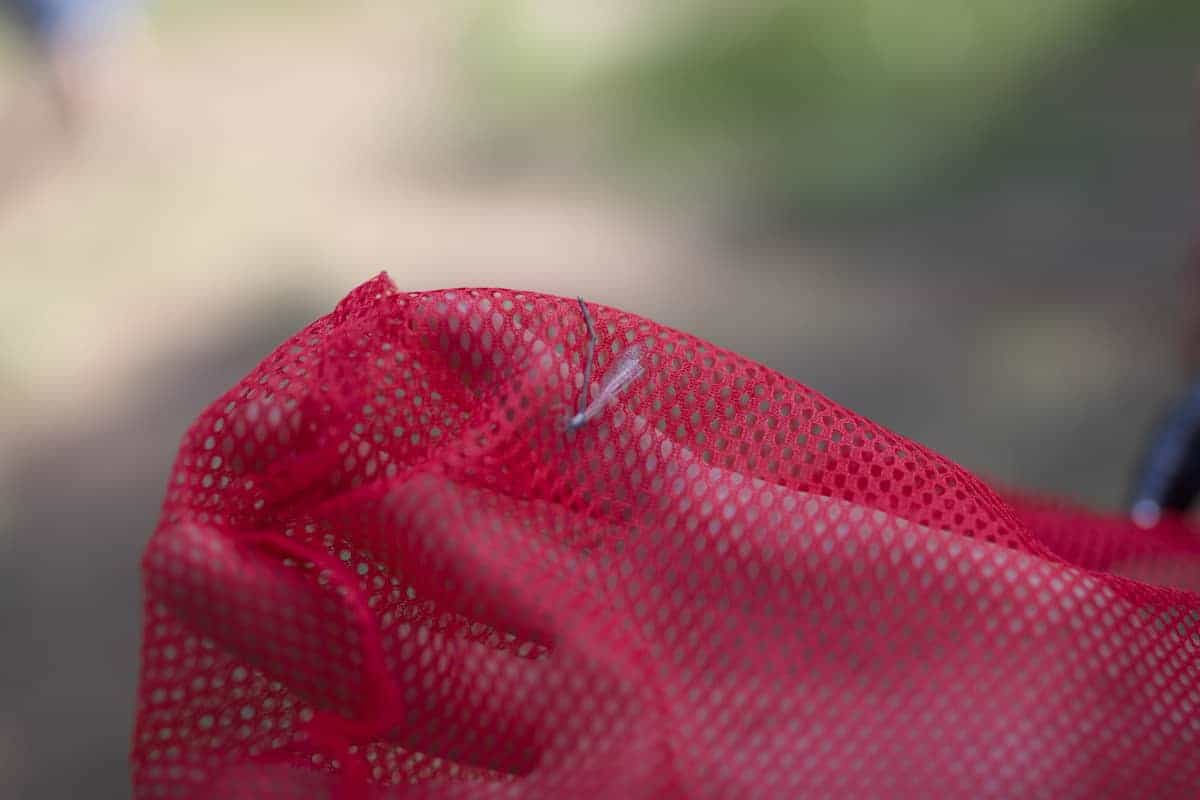
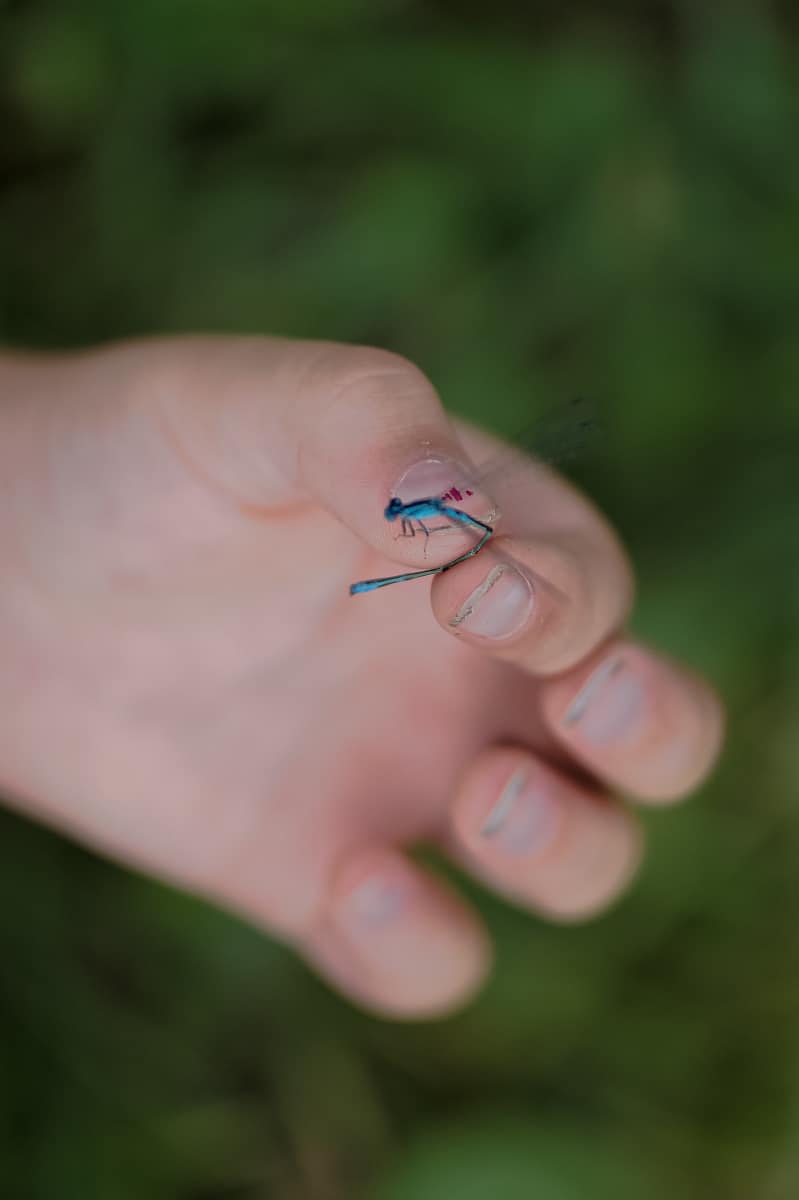
Keeping a pond notebook
If you want to make this a more formal learning experience, bring a notebook or nature journal for each child. Help them keep track of the different living things they see and hear. I love keeping nature notebooks where children can draw pictures of things they have observed and what they have learned about them. Having a pond notebook is a great way for them to process what they are discovering with a quick sketch and a short description. This appeals to some kids more than others, but sitting beside the pond and drawing pictures of what we see is such a lovely way to spend a summer day…or a least a few minutes of one.
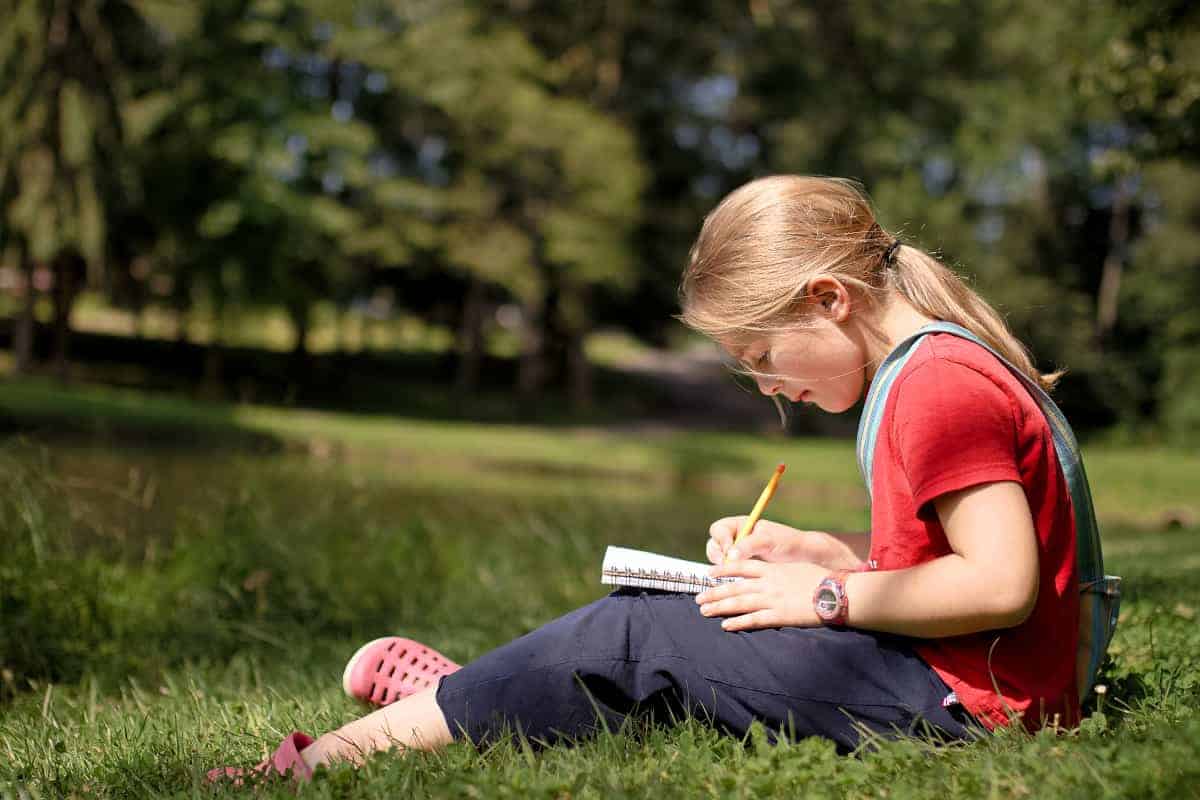
Resources
We have found that nature guides and handbooks are valuable resources for learning about pond life. Teaching kids to look up different plants and wildlife that they see helps them learn on a deeper level. Once they have looked up a bird or a flower in their guide book, they are much less likely to forget its name or characteristics! Plus, we can learn together all the things I don’t know (which are many!). We use some of the classic field guides, like Kauffman Field Guide to Birds of North America.
There are also some great resources available for less than $10, like these illustrated nature guides. The entire Take-Along Guides series is geared toward helping children learn about nature in an easy-to-find, graspable format. I can’t recommend them enough if you are serious about helping your children learn about wildlife and plants for themselves.
- Frogs, Toads & Turtles: Take Along Guide
- Pond Life: A Folding Pocket Guide
- Pond Life: (A Golden Guide)
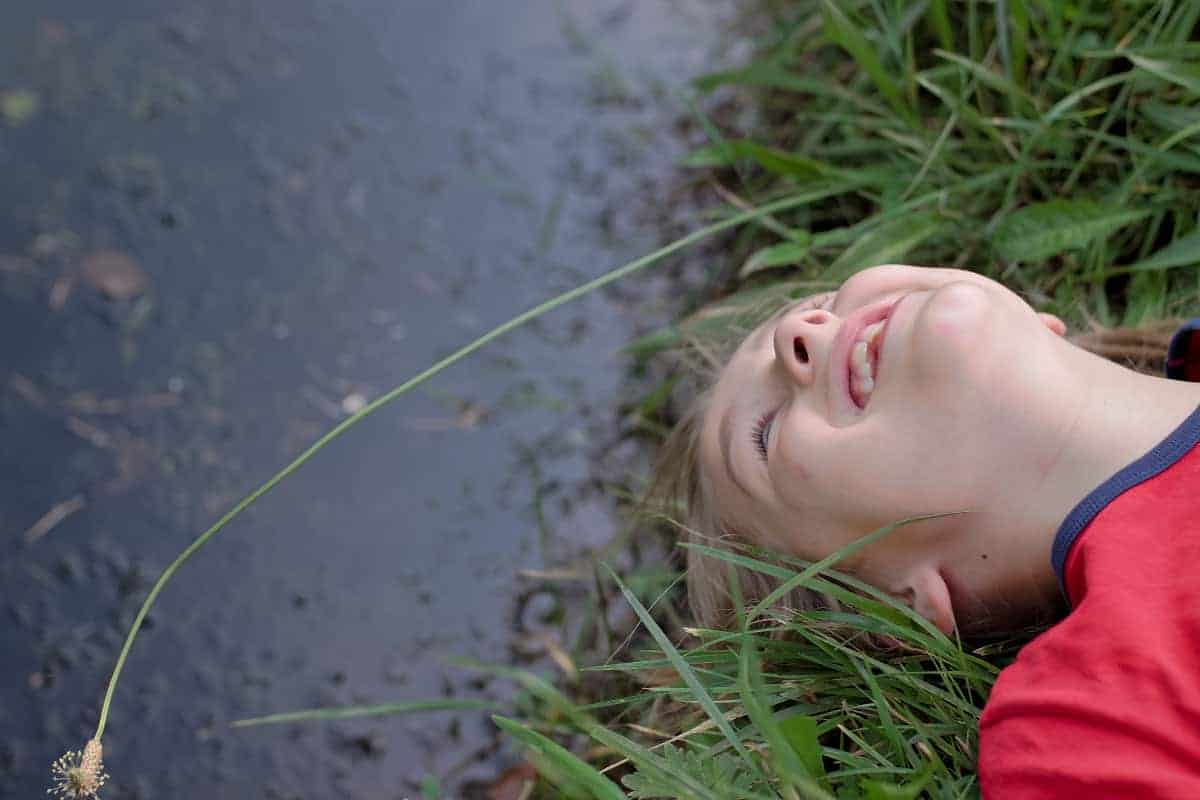
What do your kids like to do at a pond?
 Leslie
Leslie
@c_l_allofus
Hi, I’m Leslie Alvis! I’m a follower of Jesus Christ, wife to my high school sweetheart and best friend, and a mom to four rascally kids. They love the great outdoors as much as I do, and our yard often feels like the scene from “The Sound of Music” where you hear voices and laughter and can’t find any children until you look up into the trees. I love writing, photography, and all things outdoors, and do pretty much everything with my kids tagging along. If we can’t do it as a family, it’s likely it won’t happen. We live in Northeast Ohio on the edge of Amish Country, where it’s perfectly normal to park beside a horse and buggy at the grocery store. We also homeschool, which basically means that I’m trying to teach my kids to use their minds without losing my own. (Every once in a while I think I might be succeeding.) While we follow a traditional curriculum, I weave every outdoor adventure I can into our educational journey. I believe that the lessons children experience firsthand sink deepest into their hearts and minds, and there is so much we can learn outside in the beauty and wonder of nature.
If you want more from Leslie, read all her Run Wild My Child posts here.








1 comments